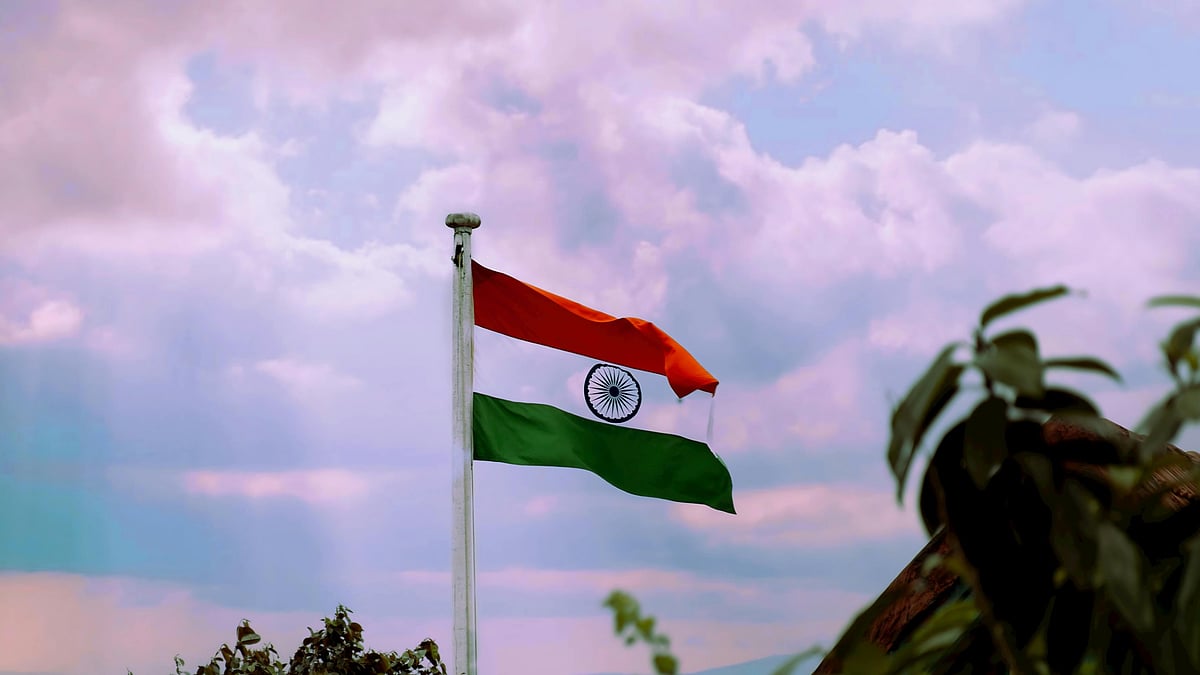For long, India has been associated with free trade agreements (FTAs). Many FTAs were signed during the UPA regime. These didn’t prove beneficial as envisaged. Initially, industry couldn’t fully involve itself in the formulation of FTAs because of various reasons, including not being aware of its various nuances. Under the NDA rule, though no FTA has been signed, detailed work on the same is in progress, enabling the framing of such FTAs that promote India’s interests. In recent times, regional FTAs have assumed pivotal importance.
The landmark Regional Comprehensive Economic Partnership (RCEP) deal proposed in 2012 and signed in November 2019 comprises 10 member countries from the Association of Southeast Asian Nations (ASEAN) -- Indonesia, Malaysia, Philippines, Singapore, Thailand, Brunei, Vietnam, Laos, Myanmar and Cambodia and five of the bloc’s dialogue partners - Australia, China, Japan, Korea and New Zealand. India, a vast consumer-driven market which participated for almost eight years, withdrew in November 2019, as it apprehended that the elimination of tariffs would open its markets to massive imports that could harm local producers.
Observer status
The 21st century is said to belong to dynamic Asia. The astounding growth of China and southeast Asian economies is reflected in the rising share of the RCEP bloc in global GDP, trade and FDI. RCEP participants account for 30 per cent of the global GDP, a figure likely to increase substantially in the next 2-3 decades and nearly a third of the world's population (2.1 billion). It is the biggest FTA of the globe. The RCEP is projected to eliminate a range of tariffs on imports within 20 years. India currently enjoys an observer’s status in the RCEP.
The global trading order, including various supply chains, have been dented by two recent developments - accentuating friction between the USA and China and the sudden onslaught of the Covid-19 pandemic. New supply chains are being explored and lasting trading infrastructure is in the making. This development is in India’s interests.
The RCEP is totally different from the ASEAN FTA, as it will be dominated by China. Remaining within the RCEP, India could benefit by getting involved in writing the rules of the game for RCEP members, keeping its interests at the forefront. By being an integral part of the RCEP, India will be better able to understand China, and thereby, could adopt a policy of cooperative competitiveness vis-a-vis China.
Macro policies
The major argument for India not joining the RCEP is India’s high trade deficit (TD) with China. This overlooks an element of implicit TD. Products imported from China are not always manufactured or processed in China, though forming part of the same global value chain. The solution to high TD lies more in macro policies, than trade policies.
India decided not to join the RCEP because of not being fully competitive - due to factors like red-tapism and bureaucracy, taxation issues and the extraordinarily high cost of logistics. Lobbying by small and inefficient industries was another reason. Post-1991, when India took the trade and industrial liberalisation route, it grew rapidly, as well as reduced poverty. Before 1991, India’s policies were considered protectionist. India appears to have become protectionist again. There have been frequent increases in tariffs.
Authorities have at last realised that India lacks competitiveness in a number of activities. Broad-based economic reforms are now being undertaken to tackle all disabilities -- a draft logistics policy is under consideration. The Centre is mulling reducing India’s logistics costs by five per cent over the next five years.
Broad-based economic reforms
India is drawing up a comprehensive digital inventory of logistics assets and manpower that can be used in emergency situations like the ongoing pandemic; the compliance burden of eight identified sectors is being eased; three long overdue farm laws passed to expand agri markets; the government is creating high-quality jobs by incentivising value-added manufacturing; managing cost escalation as a primary challenge in select sectors like auto, textiles and real estate supply chains; a centralised investment clearance cell under the proposed single-window system is to be set up by April 15.
We are lining up a fresh plan to break into the league of the top 50 nations in the World Bank’s ease-of-doing business index; improving performance in “enforcing contracts”, with the help of the judiciary, setting up commercial courts to fast-track important cases through daily hearings; novel land titling laws to be implemented and land records to be digitised across states. Of course, for proper implementation, a massive collaborative effort involving various wings of the Central and State governments, the judiciary and regulators is important.
A production-linked incentive (PLI) scheme has been launched to boost local manufacturing, which may add $520 bn to GDP in next five years. This will lower the country’s dependence on imports, mainly from China, by incentivising global, as well as capital-rich companies to set up manufacturing capacities. India is, indeed, on track to gain competitiveness.
Lessons ignored
We took a long time to decide whether or not to join the RCEP, as lessons from the liberalisation trend were ignored. On the eve of every annual Budget, industry still keeps on craving concessions and freebies. Industry has to assume a pivotal responsibility to become competitive to make the RCEP work in the country's favour.
An expert national committee under the umbrella of the chambers of commerce and industry and industrial and trade associations can be formed, to research on enhancing India’s global competitiveness. Given the growing importance of agriculture as a trade issue, the agriculture sector must become competitive. This underlines the significance of the recent timely farm laws.
India has the potential to achieve high growth through digital services and manufacturing expansion driven by demand from the rural sector, youth and aspirational middle class. From inflation to fiscal deficit, from forex reserves to current account deficit, from GDP growth to financial inclusion – all indicate a stable and sustainable economic status. There has been a stellar recovery in passenger vehicle sales, two-wheeler sales, oil consumption, steel production, cement production, international air cargo etc.
India is in mission mode to make local-global. It has to be agile, reacting fast to geopolitical developments. Much depends on proactive, and not reactive, responsible policy formulation.
The writer is a corporate economist.









